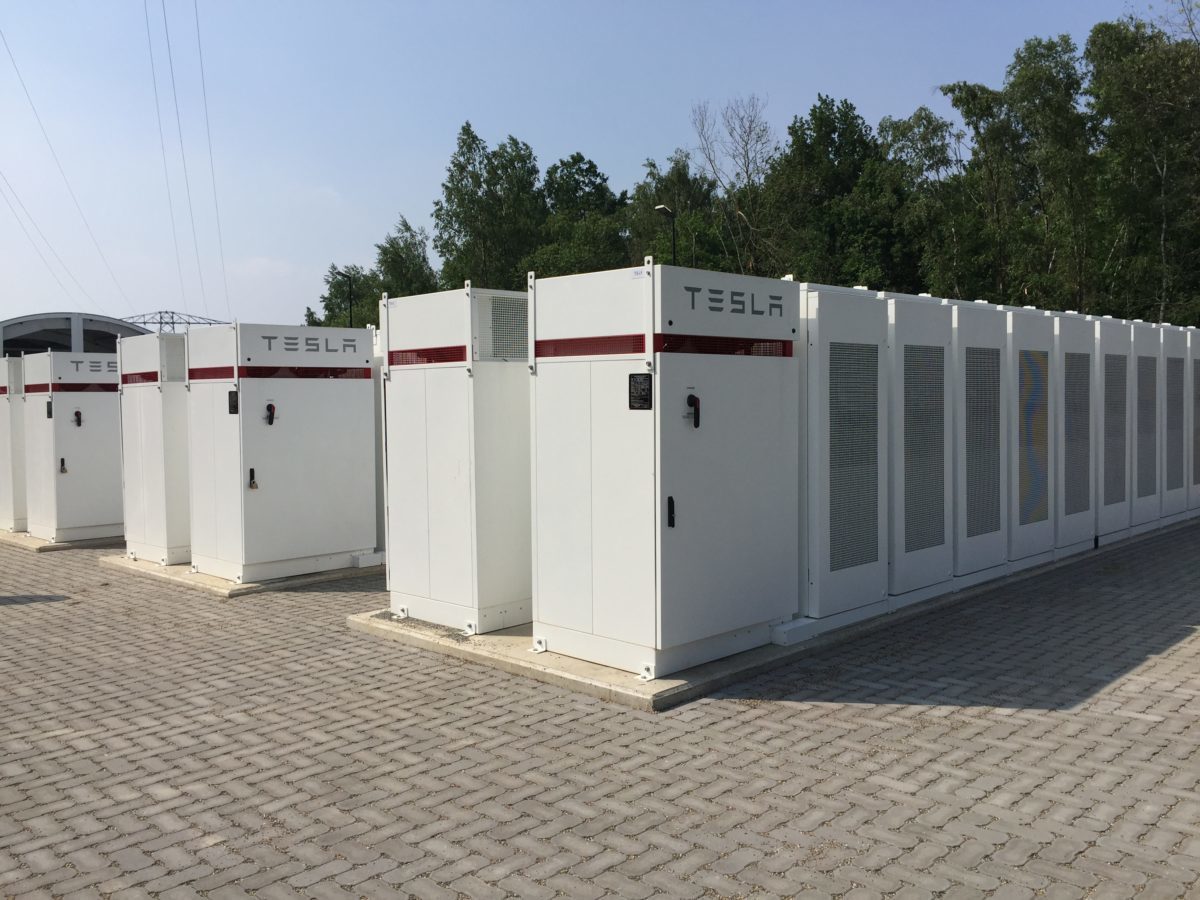Solar project company and PV glass manufacturer Xinyi Solar has fleshed out the costs it expects to pay for battery storage capacity up to 2024, as it expects the Chinese authorities to mandate the installation of the technology across a proportion of its solar generation portfolio.
The company's board told the Hong Kong Stock Exchange today, it expects to have to install energy storage linked to 11.8 MW of its Chinese solar projects in the second half of the year, and a further 47 MW per year for the following two years.
Xinyi said it has no energy storage capacity associated with its solar farms at present, as they feed directly into grids without curtailment. However, the board expects energy storage to be mandated as a result of the nation's latest five-year plan, which was announced last month.
The company estimates the bill for installing lithium-ion battery storage will come to RMB19.6 million (US$3.02 million) this year, RMB74.1 million (US$11.4 million) next year and RMB66.3 million in 2023. Those figures are based on lithium-ion battery price predictions of RMB1.659/W (US$0.256) this year, RMB1.576/W next year and RMB1.41 in 2023, the board said.
Xinyi said it expects to have to taper up the proportion of its solar project generation capacity linked to storage to 5-20% in stages.
The figures were revealed in a stock market update in which the board indicated a preference to source the energy storage facilities, and associated tech for its glass production operations, from Xinyi Electric Storage Holdings Limited.
This content is protected by copyright and may not be reused. If you want to cooperate with us and would like to reuse some of our content, please contact: editors@pv-magazine.com.




Do they mean Wh and not $/watt? Energy is not W. W (power) could be the inverter size.
Hi Sean,
Thanks for the question. The board statement used the watt unit, rather than watt-hours. This debate has been had over on our U.S. site, where it is customary to report the scale of energy storage facilities in watts, rather than watt-hours. Your assumption about referring to inverter scale may be correct but, in this case, I suspect it is a way of expressing the amount of solar generation capacity which Xinyi anticipates will be mandatory to be associated with battery storage.
$0.22/W cost for lithium-ion storage does not seem possible, but if they are able to do it, that would be a game changer for the solar panel+ home battery storage industry.
Well done for taking these steps to be able to produce that. Hopefully, the U.S will eventually see numbers like that for homeowners.
Hi there, Thanks for your comment. Based solely on the fact the company to provide the equipment is also called Xinyi, it may be that internal rates are involved. However, that’s just an assumption on my part.